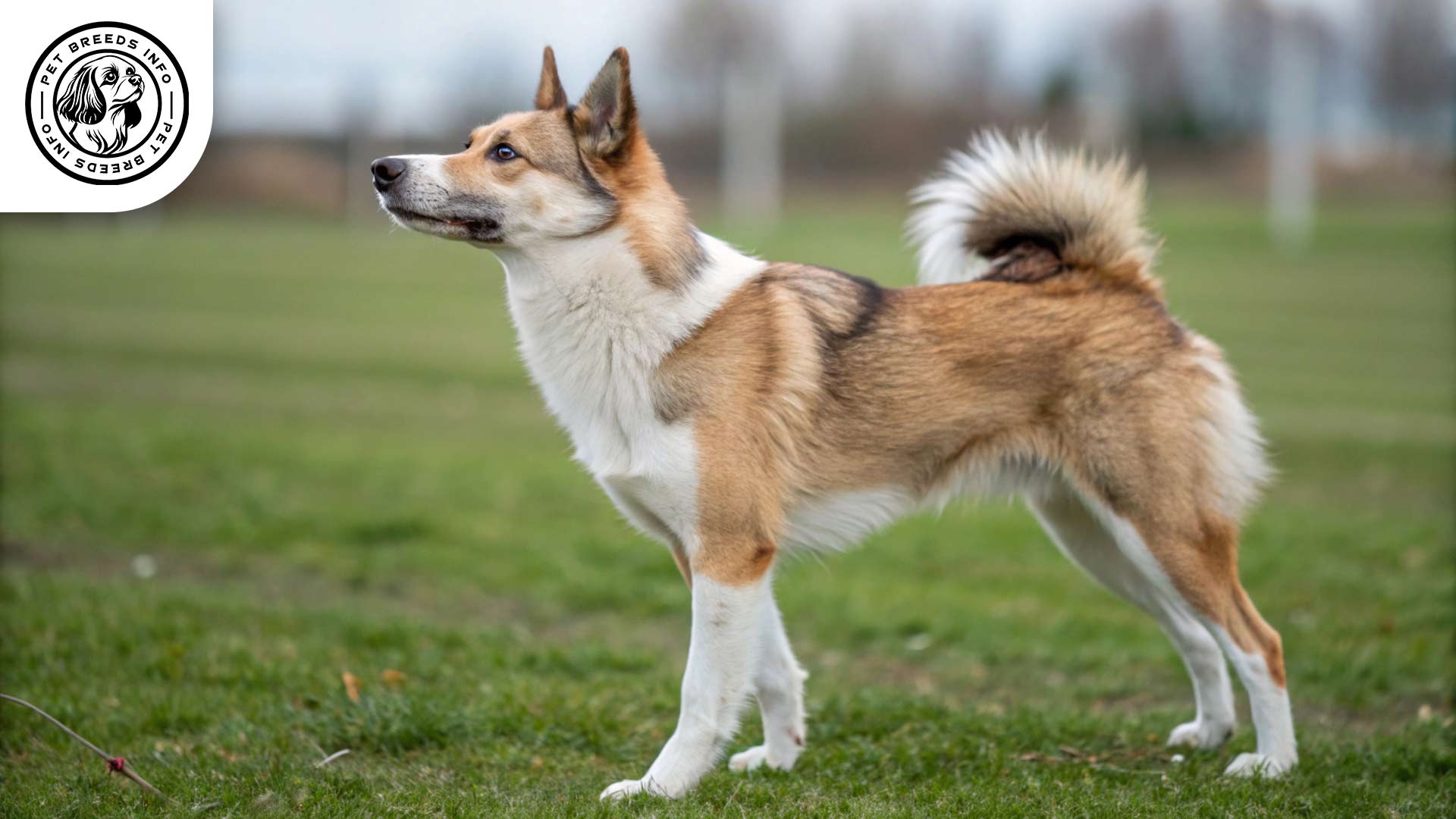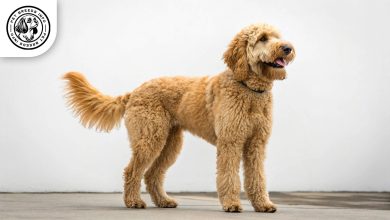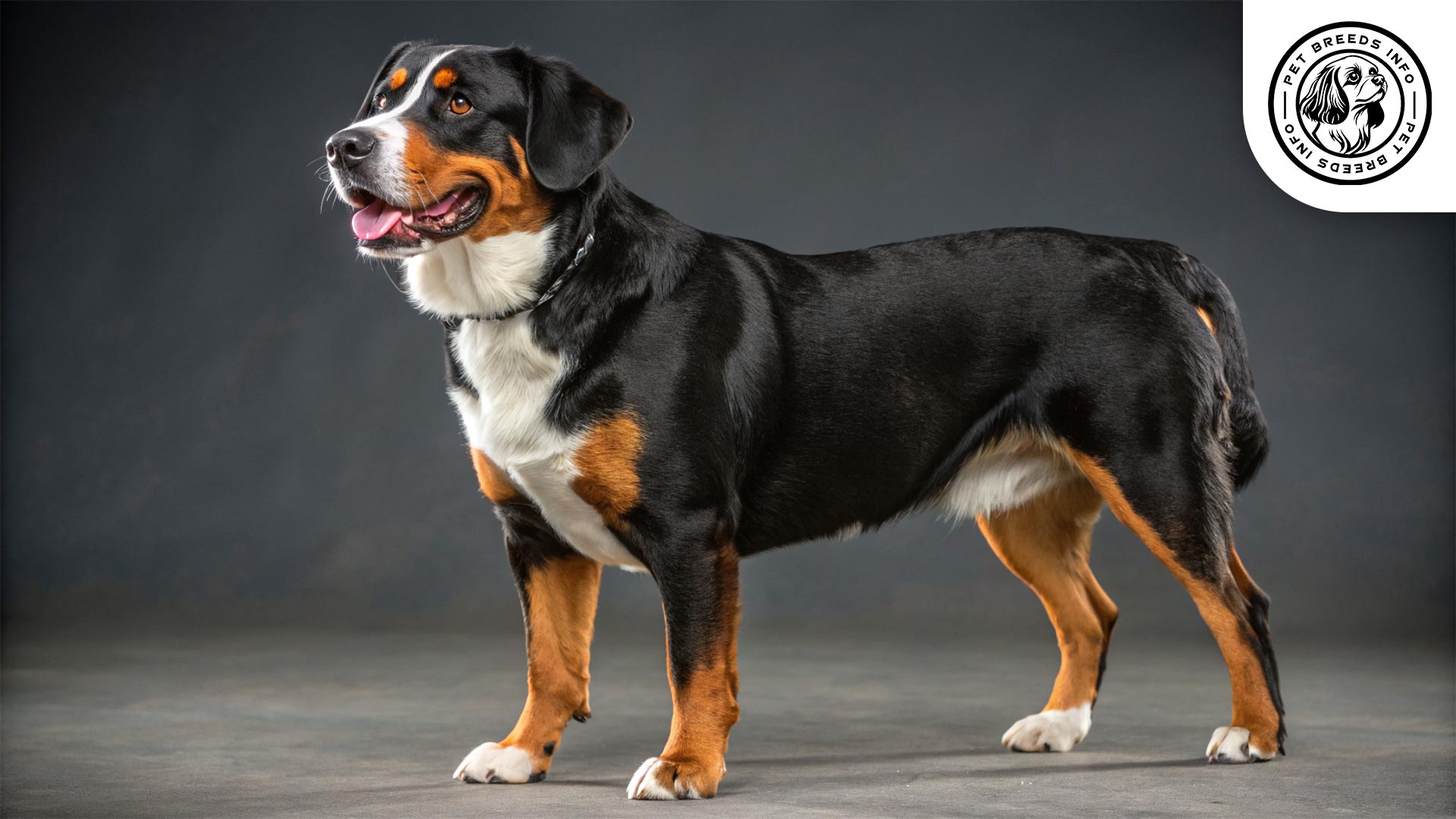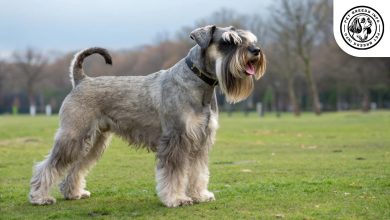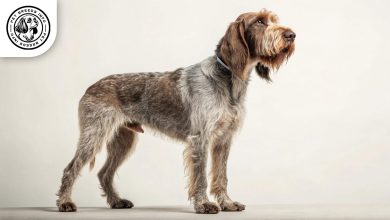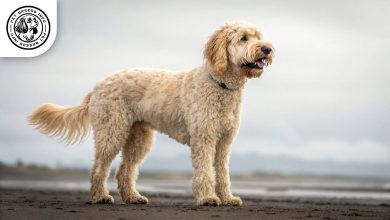Norwegian Lundehund Dog Breed: Size, Price & Personality
General Introduction of the Breed
The Norwegian Lundehund, also known as “Norsk Lundehund” in Norwegian, is a rare and distinctive dog breed originating from Norway. Historically bred for hunting puffins along the steep cliffs and rocky terrain of the Lofoten Islands, this unique breed has several extraordinary physical adaptations that made it particularly suited for this task. The breed faced near extinction but was revived through careful breeding efforts.
Table of Contents
| Color | Reddish-brown, fawn, or tan with white markings, sometimes black hair tips |
| Weight | 13 to 20 pounds (6 to 9 kg) |
| Lifespan | 12 to 15 years |
| Diet | High-quality diet for small, active breeds; easily digestible food; avoid grains and allergens; portion control |
| Care | Ample exercise, weekly brushing, occasional bathing, regular nail trimming, ear cleaning, and dental care |
| Health | Prone to Lundehund Syndrome (digestive disorder), orthopedic issues |
| Nature | Intelligent, independent, high energy, affectionate, wary of strangers, good with children and other pets (when raised together) |
| Price | $1,500 to $3,000 (approximate range) |
Physical Characteristics
This small to medium-sized breed typically stands between 12 to 16 inches (30 to 40 cm) in height and weighs between 13 to 20 pounds (6 to 9 kg). Males are often slightly larger than females.
The Lundehund has a dense, double-layer coat that offers protection against harsh weather conditions. Coat colors commonly include reddish-brown, fawn, or tan with white markings, and sometimes black hair tips.
Their eyes are almond-shaped and brown, giving them a lively and intelligent expression.
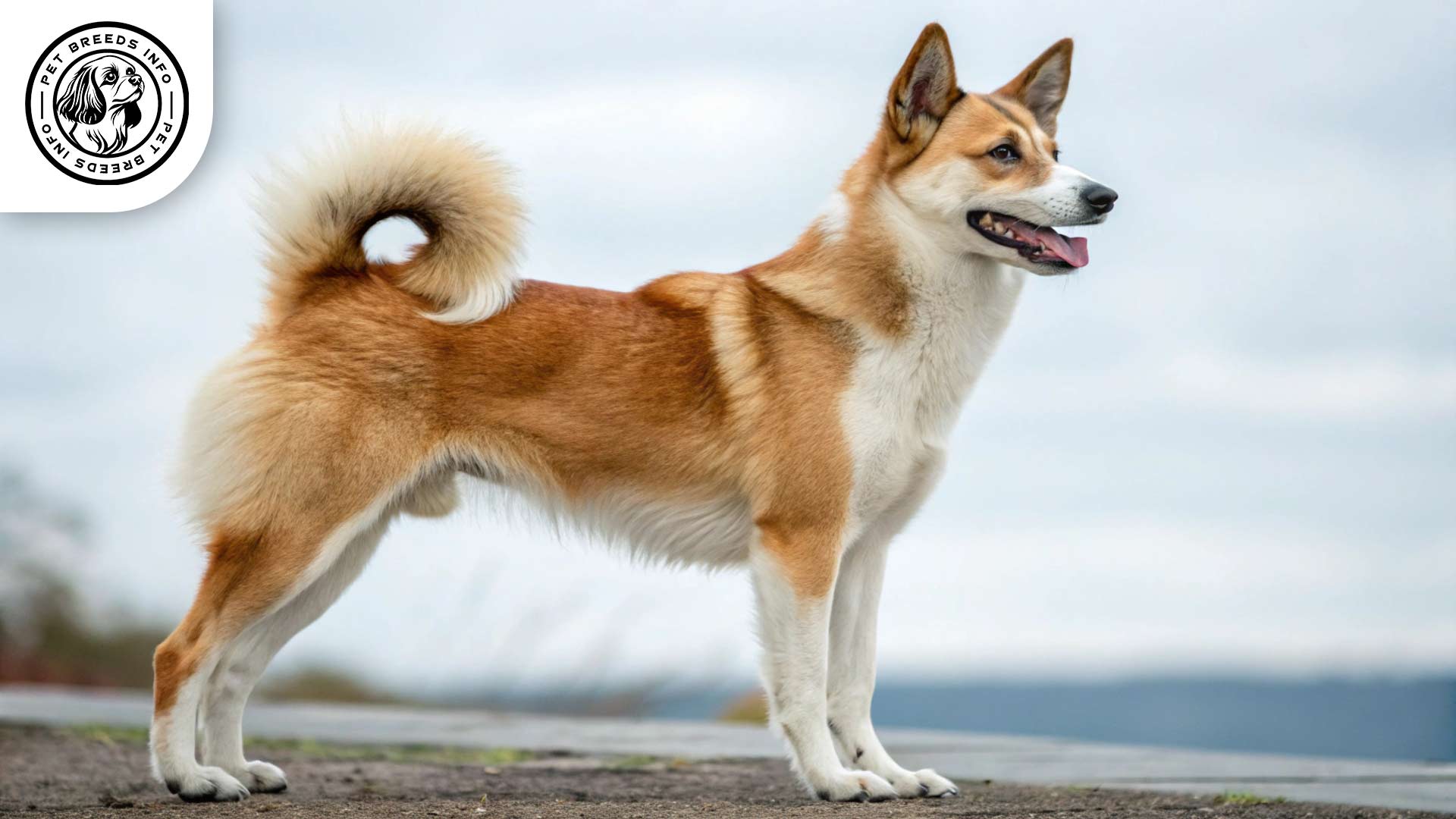
One of the most distinctive features of this breed is its ears, which are triangular, mobile, and capable of folding tightly both backward and forward. The tail is medium in length and often carried in a gentle curl over the back.
The Norwegian Lundehund has several rare physical traits, including six fully functional toes on each foot, extreme joint flexibility, and the ability to bend its head backward to touch its spine. These traits were essential for navigating rough terrain during puffin hunting.
Read More: Neapolitan Mastiff Dog
Personality and Temperament
This breed is highly intelligent and quick to learn but tends to have an independent streak, requiring patient and consistent training. They have a high energy level and need regular physical activity to stay content.
The Norwegian Lundehund forms strong bonds with its owner and thrives on human companionship. They can be affectionate but also exhibit independent behaviors at times.
Socially, they can be wary of strangers but generally do well with children and other pets when raised together. However, their hunting instincts may cause them to chase small animals.
They are highly sensitive to environmental changes and prefer a consistent routine. Unexpected disruptions can make them anxious or hesitant.

Care and Maintenance Requirements
Due to their energetic nature, Norwegian Lundehunds require ample exercise, including daily walks and play sessions. They enjoy activities that engage their agility and intelligence.
This breed can adapt to apartment living but thrives in homes with a secure yard for extra space to explore. They prefer moderate climates and do not tolerate extreme heat well.
Grooming needs for Lundehunds are moderate, as they shed seasonally. Weekly brushing is recommended to remove loose fur and maintain their coat. Bathing should only be done occasionally to avoid stripping the coat of its natural oils.
Regular hygiene care, including nail trimming, ear cleaning, and dental maintenance, is necessary to keep them in good health.
Diet and Nutrition
A high-quality diet suited to small, active breeds is ideal for the Norwegian Lundehund. Both dry kibble and raw diets can be appropriate if they provide balanced nutrition.
This breed may have digestive sensitivities, so it is crucial to feed them easily digestible food. Avoid feeding them grains and foods that cause allergies.
Toxic foods such as chocolate, grapes, onions, and excessive dairy should never be given. Portion control is important, with recommended feeding divided into two or three meals per day.
Read More: Norwegian Buhund Dog
Health and Common Medical Issues
The Norwegian Lundehund is prone to specific genetic health conditions, particularly Lundehund Syndrome, a digestive disorder that affects nutrient absorption.
They may also be susceptible to orthopedic issues due to their unique joint structure.
The typical lifespan of this breed is between 12 to 15 years.
Routine vaccinations, vet check-ups, and preventive care such as flea and tick prevention are essential.
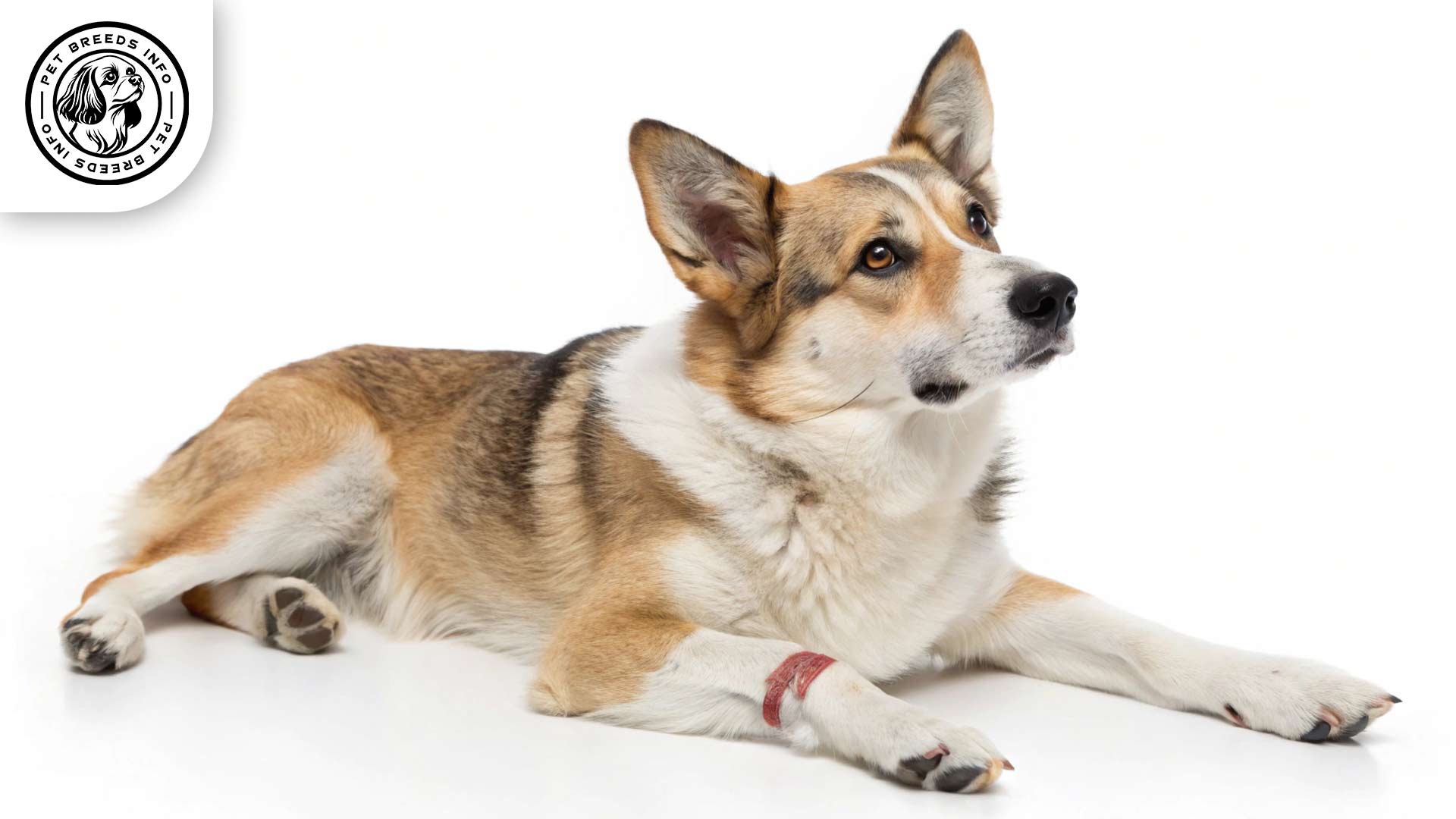
Training and Behavior Management
Training a Norwegian Lundehund can be challenging due to their independent and sometimes stubborn nature. Positive reinforcement techniques and engaging methods work best.
Early socialization is critical to ensuring they become well-mannered and confident adults. Exposure to various environments, people, and animals helps prevent timidity.
Consistency and gentle persistence are key when teaching commands and reinforcing good behavior.
Interaction with Other Animals and Humans
This breed generally does well with children but may need supervision around younger kids due to their sensitive nature.
When raised with other pets, they adapt well, though their prey drive may be triggered by small animals.
They can be a good choice for both families and single owners who can dedicate time to their needs.
While they can enjoy some independence, they form strong bonds with their owners and do not like being left alone for long periods.
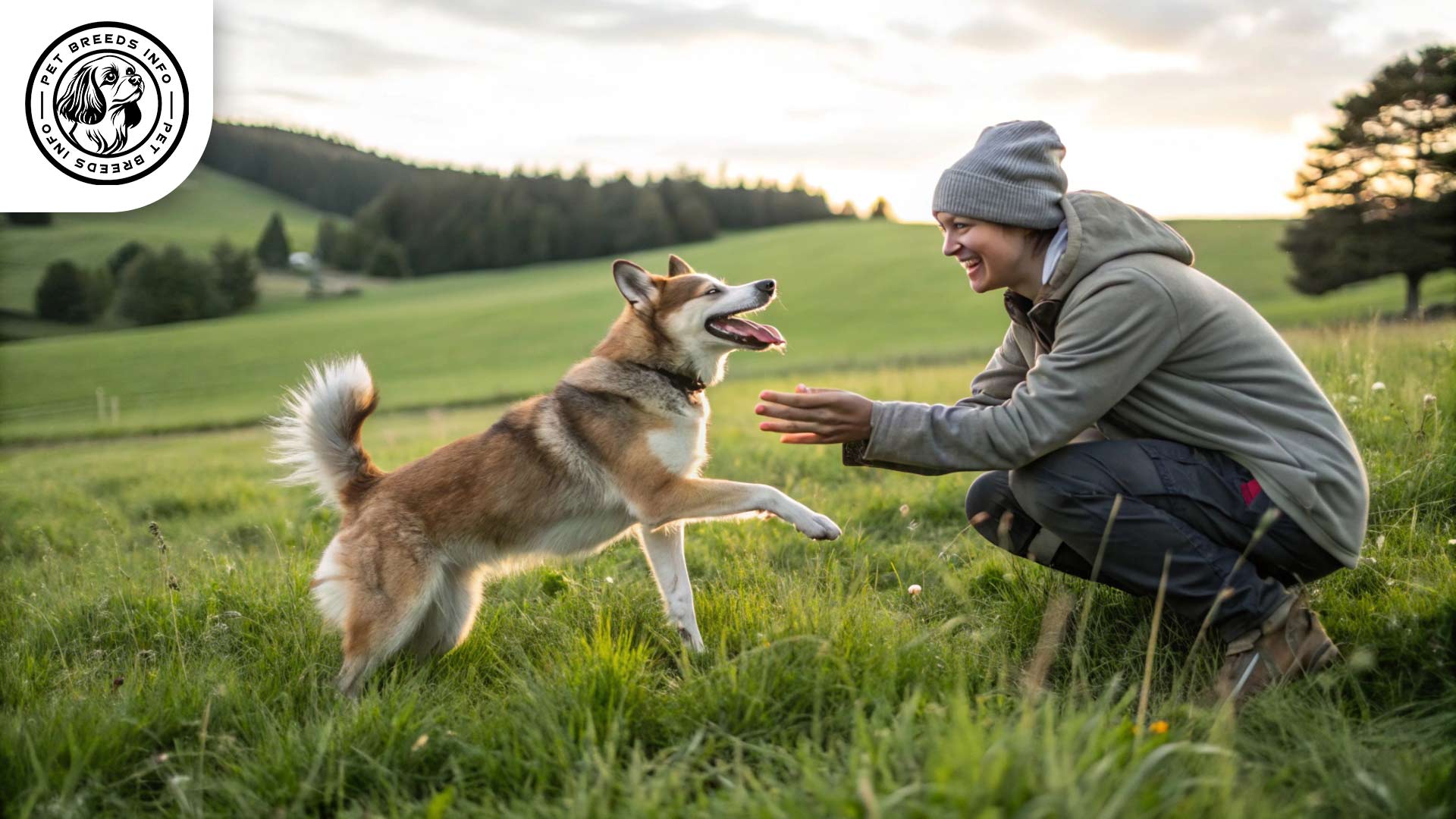
Price and Availability
The cost of a Norwegian Lundehund puppy varies widely but typically ranges from $1,500 to $3,000, depending on lineage, breeder reputation, and location.
Potential owners should ensure they acquire their puppy from reputable breeders who test for genetic health conditions.
Adopting from rescue organizations or specialized breed groups is also a great option for finding a Lundehund in need of a home.
Read More: Norwegian Elkhound Dog
Conclusion and Final Thoughts
The Norwegian Lundehund is a distinctive and rare breed best suited for experienced dog owners who understand their unique characteristics.
They are ideal for active families or individuals who can provide sufficient exercise, mental stimulation, and attention.
Although affectionate and loyal, they require specialized care, training, and handling due to their independent nature and potential health challenges.
Before choosing to bring a Lundehund into your home, it is essential to consider their grooming needs, dietary sensitivities, and overall lifestyle requirements to ensure a happy and fulfilling companionship.
FAQ
What are the unique physical characteristics of the Norwegian Lundehund?
The Norwegian Lundehund is a small to medium-sized breed with several distinctive features. These include six fully functional toes on each foot, extreme joint flexibility that allows them to bend their head backward to touch their spine, and ears that can fold tightly both backward and forward. They also have a dense, double-layer coat and typically stand between 12 to 16 inches in height.
What is the temperament of a Norwegian Lundehund, and are they good with families?
Norwegian Lundehunds are intelligent and independent dogs. They form strong bonds with their owners and are generally good with children and other pets, especially when raised together. However, they can be wary of strangers and require early socialization. Due to their hunting instincts, they may chase small animals.
What are the common health issues for Norwegian Lundehunds?
This breed is prone to specific genetic health conditions, particularly Lundehund Syndrome, a digestive disorder that affects nutrient absorption. They may also be susceptible to orthopedic issues due to their unique joint structure. Routine vet check-ups and preventive care are essential.
What kind of care and maintenance does a Norwegian Lundehund require?
Norwegian Lundehunds need ample exercise, including daily walks and play sessions. Weekly brushing is recommended due to their double-layer coat, and occasional bathing is sufficient. Regular nail trimming, ear cleaning, and dental care are also necessary. They thrive in moderate climates and should not be left alone for long periods.
How much does a Norwegian Lundehund puppy typically cost, and where can I find one?
The cost of a Norwegian Lundehund puppy typically ranges from $1,500 to $3,000, depending on lineage, breeder reputation, and location. It is important to acquire puppies from reputable breeders who conduct genetic health testing. Adoption from rescue organizations or specialized breed groups is also an option.
